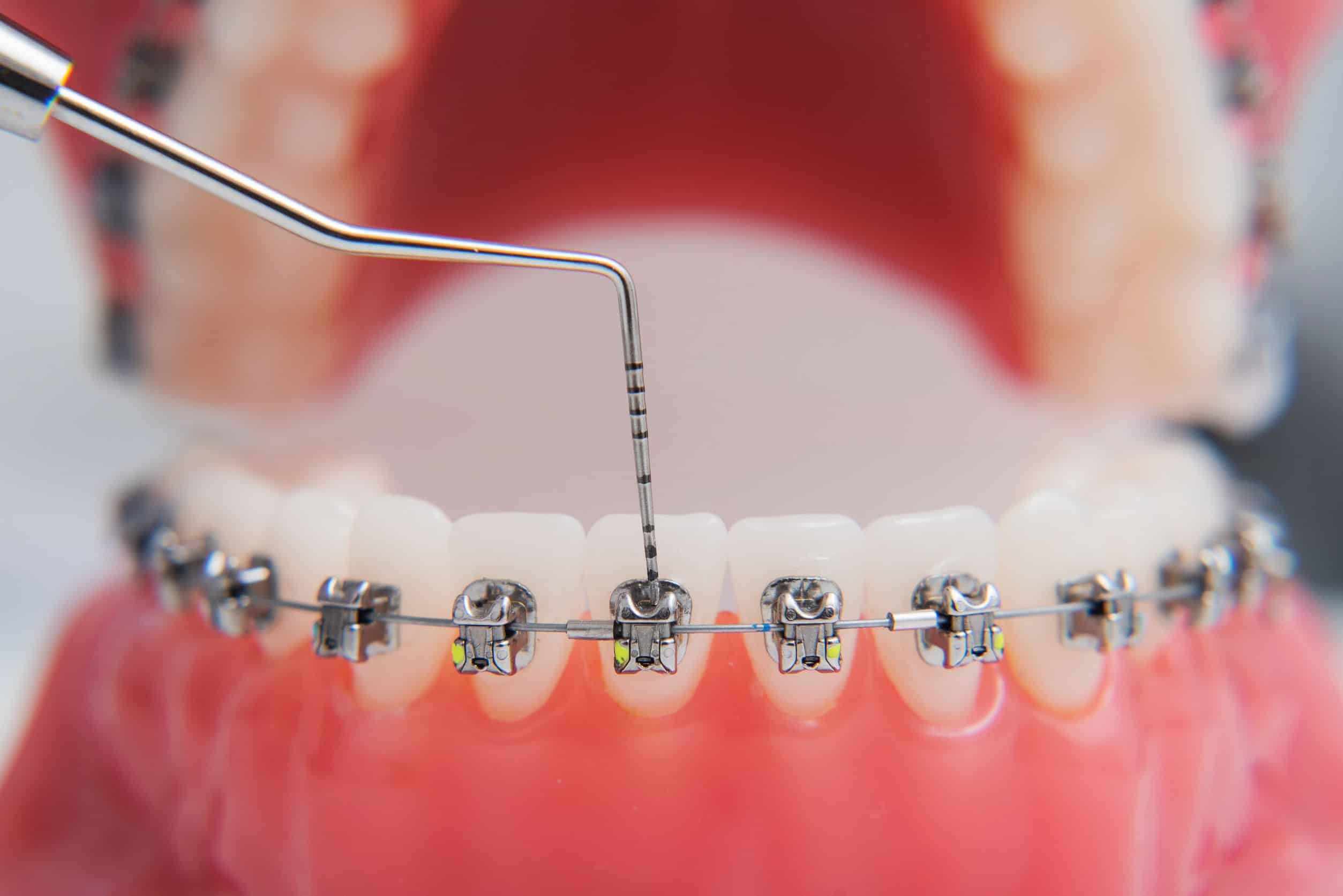The Best Guide To Legacy Orthodontics
The Best Guide To Legacy Orthodontics
Blog Article
6 Simple Techniques For Legacy Orthodontics
Table of ContentsHow Legacy Orthodontics can Save You Time, Stress, and Money.The Ultimate Guide To Legacy OrthodonticsSome Ideas on Legacy Orthodontics You Need To KnowGet This Report about Legacy OrthodonticsThe Best Guide To Legacy Orthodontics
In enhancement, we use adjustable treatment routines, versatile payment alternatives and a fun, pleasurable experience.An orthodontist is a dental expert trained to identify, protect against, and treat teeth and jaw abnormalities. They deal with existing conditions and are educated to identify troubles that might establish in the future. Orthodontists deal with individuals of every ages, from children to adults. Individuals typically associate a perfect smile with great wellness.
Malocclusion, or misaligned teeth, can bring about oral concerns, including dental cavity, periodontal illness, and challenging or unpleasant eating. Not everyone is born with straight teeth. If you have a negative bite or large rooms in between your teeth, you might intend to speak with a dental expert concentrating on orthodontic treatment.
The Single Strategy To Use For Legacy Orthodontics
( Photo Credit: DigitalVision/Getty Images) Orthodontists make use of repaired and detachable oral gadgets, like braces, retainers, and bands, to alter the placement of teeth in your mouth. Orthodontic treatment is for oral abnormalities, consisting of: Uneven teethBite troubles, like an overbite or an underbiteCrowded teeth or teeth that are as well far apartJaw misalignmentThe objective of orthodontic treatment is to enhance your bite.
A healthy bite ensures you can consume, eat, and talk correctly. While you may think about orthodontists as generally for children or teens who need dental braces, they can fix dental troubles at any age. Orthodontists go to college, oral institution, and orthodontic college. After graduation, they spend 2 or 3 years in an orthodontic residency program.
All orthodontists are dental professionals, however not all dental professionals are orthodontists. Orthodontic residency programs offer intensive, focused instruction for dental professionals. They concentrate on two areas: How to appropriately and securely relocate teeth How to effectively guide growth in the teeth, jaw, and faceOnce an orthodontist has completed training, they have the choice to become board certified.
Legacy Orthodontics Can Be Fun For Anyone
Misalignment, or malocclusion, is the most usual reason people see an orthodontist. It is genetic and is the result of size differences in between the upper and reduced jaw or between the jaw and teeth. Malocclusion results in tooth overcrowding, a misshapen jaw, or uneven bite patterns. Malocclusion is generally treated with: Your orthodontist connects steel, ceramic, or plastic square bonds to your teeth.
Some individuals need a headwear to aid move teeth into line with pressure from outside the mouth. A retainer is a personalized tool that keeps your teeth in place.
They can produce extra space in the mouth without having to pull teeth. Orthodontists make use of cords, medical screws, or plates to support your jaw bone.
You may need to see an orthodontist if you have: Crowding or otherwise adequate room for all of your teethOverbite, when your top teeth come your bottom teethUnderbite, when your base teeth are as well much forwardSpacing or issues with gapsCrossbite, which is when your top teeth fit behind your bottom teeth when your mouth is closedOpen bite or an upright space in between your front base and top teethMisplaced midline, when the center of your base and upper teeth don't line up Dealing with an oral malocclusion can: Make attacking, chewing, and speaking easierImprove the balance of our face and your overall appearanceEase discomfort from temporomandibular joint conditionsSeparate your teeth and make them much easier to clean up, assisting stop dental caries or tooth cavities It's frequently a dentist who first notices misaligned teeth during a regular examination.
Legacy Orthodontics Things To Know Before You Get This

During your first orthodontic appointment, you'll likely have: An oral examPhotos taken of your face and smileDental X-raysPanoramic (360 degree) X-rays of your face and headImpressions to develop mold and mildews of your teethThese tests will aid your orthodontist recognize how to continue with your therapy. leesburg orthodontics. An orthodontist is a dental professional that's had training to treat your teeth and jaw
Orthodontists might execute surgery, exams,X-rays,and more to assist you acquire a much more comfortable, much healthier smile. An orthodontist is concentrated on your bite, so something like a cracked tooth would be dealt with by a dental professional. Orthodontists are dental practitioners yet not all dentists are orthodontists. Orthodontists are focused on your bite, or the way your teeth fit with each other, and the straightness of your teeth.
Ever wondered just how stars always seem to have perfectly aligned teeth? The response typically hinges on the proficient hands of an orthodontist. But just what does an orthodontist do? Orthodontists are oral professionals who concentrate on dealing with irregularities in the teeth and jaws. Their know-how surpasses simply creating a stunning smile; it extends to enhancing your overall oral health and wellness and hop over to here feature.
The 4-Minute Rule for Legacy Orthodontics

, orthodontists have a varied toolkit at their disposal. These tried-and-true braces use a system of braces adhered to the teeth and connected by cables.
Clear aligners, like Invisalign, are a preferred choice for patients seeking a much more very discreet treatment choice. These removable trays are tailor-made to considerably shift the teeth's setting. Headwear might be used along with braces or aligners to use additional targeted forces, particularly for fixing jaw disparities. In instances of narrow jaws, palatal expanders can be made use of to develop room for appropriate tooth alignment.
Report this page